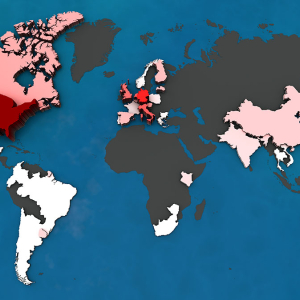Research Highlights
Physics Education | Quantum Information Science & Technology
Building the quantum workforce of the future
Published:
PI: Heather Lewandowski
Physics Education
Creating a Global Map of Different Physics Laboratory Classes
Published:
PI: Heather Lewandowski
Astrophysics | Chemical Physics | Laser Physics
Cold Coulomb Crystals, Cosmic Clues: Unraveling the Mysteries of Space Chemistry
Published:
PI: Heather Lewandowski
Astrophysics
How 1,000 undergraduates helped solve an enduring mystery about the sun
Published:
PI: Heather Lewandowski
Quantum Information Science & Technology | Other
Help Wanted: How to Build a Prepared and Diverse Quantum Workforce
Published:
PI: Heather Lewandowski | PI: Jun Ye | PI: Margaret Murnane
Chemical Physics
Electron Fly-Bys on the Chemical Reaction Pathway
Published:
PI: Heather Lewandowski
Physics Education
What to Know if You’re Teaching Physics Labs Remotely
Published:
PI: Heather Lewandowski
Atomic & Molecular Physics
Taming Chemistry at the Quantum Level
Published:
PI: Heather Lewandowski
Atomic & Molecular Physics
From BEC to Breathing Forever
Published:
PI: Eric Cornell | PI: Heather Lewandowski
Atomic & Molecular Physics | Nanoscience
Constant Vigilance
Published:
PI: Heather Lewandowski


















